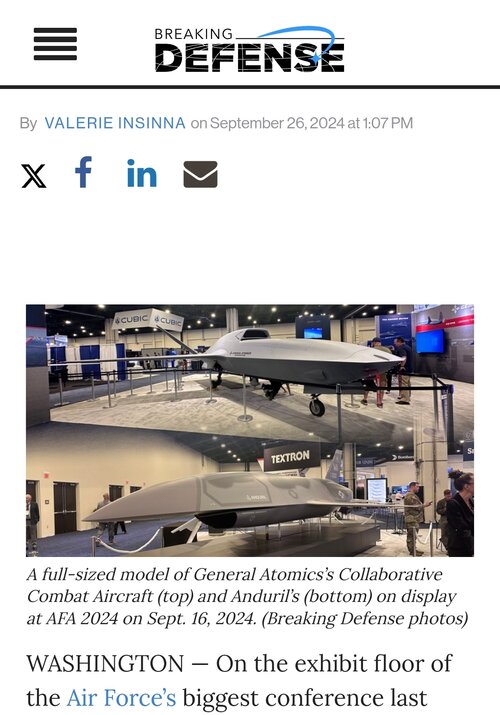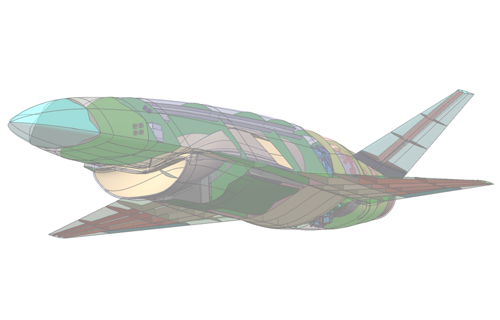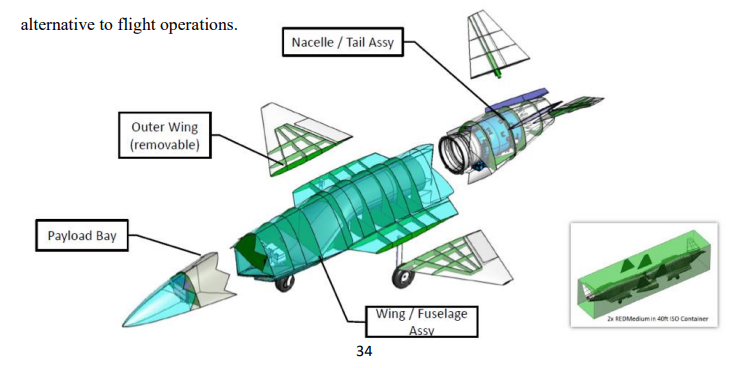The Air Force now says it may want a 6th generation fighter that costs around $100M instead of $300M, but is that even possible?

www.twz.com
Several of us have made clear our lack of confidence in USAF leadership w.r.t. NGAD-PCA. Overkill as it may be, here's another dose of fuel for the dumpster fire...
I'm roughly familiar with how the services and the OSD CAIG estimate aircraft unit cost. Using a learning curve assumption of 85% and constant-year dollars, here's 3 calculations to consider:
1.
F-35A 1000th unit $90M current status, based on total F-35 deliveries to date
200th unit $135M
matching F-35 buy size to the planned NGAD-PCA quantity
2.
NGAD-PCA 200th unit $90M NGAD-PCA unit cost goal
1000th unit $60M
matching NGAD-PCA buy size to F-35 current status
3.
F-22A 750th unit $35M original plan for cost & quantity
190th unit $55M actual buy size
To satisfy Kendall's wish, an apples-to-apples comparison is in order. Calculations 1 and 2 say that a "$90M" NGAD needs to be 33% cheaper than a F-35A: derived either from 1-(90/135) or from 1-(60/90). That is, the comparison ought to be for the same production quantities.
Calculation 3 is included to remind readers that the Air Force had similar cost guidelines during the ATF competition in the late 1980s. Although the production run was truncated to less than 200 aircraft, the
learning curve effect is only a partial explanation for the actual, higher-than-anticipated unit cost.
Caveat: if the Air Force intends the "$90M" NGAD-PCA production run to be triple the prior buy plan for 200 aircraft, then a comparison with the current F-35A unit cost is reasonable.








